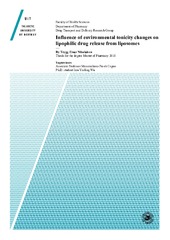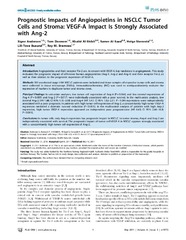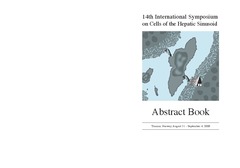Dissecting deep neural networks for better medical image classification and classification understanding
Permanent lenke
https://hdl.handle.net/10037/14620Dato
2018-07-23Type
Journal articleTidsskriftartikkel
Peer reviewed
Forfatter
Hicks, Steven Alexander; Riegler, Michael; Pogorelov, Konstantin; Ånonsen, Kim Vidar; de Lange, Thomas; Johansen, Dag; Jeppsson, Mattis; Randel, Kristin Ranheim; Eskeland, Sigrun Losada; Halvorsen, PålSammendrag
Neural networks, in the context of deep learning, show much promise in becoming an important tool with the purpose assisting medical doctors in disease detection during patient examinations. However, the current state of deep learning is something of a "black box", making it very difficult to understand what internal processes lead to a given result. This is not only true for non-technical users but among experts as well. This lack of understanding has led to hesitation in the implementation of these methods among mission-critical fields, with many putting interpretability in front of actual performance. Motivated by increasing the acceptance and trust of these methods, and to make qualified decisions, we present a system that allows for the partial opening of this black box. This includes an investigation on what the neural network sees when making a prediction, to both, improve algorithmic understanding, and to gain intuition into what pre-processing steps may lead to better image classification performance. Furthermore, a significant part of a medical expert's time is spent preparing reports after medical examinations, and if we already have a system for dissecting the analysis done by the network, the same tool can be used for automatic examination documentation through content suggestions. In this paper, we present a system that can look into the layers of a deep neural network and present the network's decision in a way that that medical doctors may understand. Furthermore, we present and discuss how this information can possibly be used for automatic reporting. Our initial results are very promising.
Beskrivelse
Source at: https://doi.org/10.1109/CBMS.2018.00070
Forlag
IEEESitering
Hicks, S.A., Riegler, M., Pogorelov, K., Ånonsen, K.V., de Lange, T., Johansen, D., ... Halvorsen, P. (2018). Dissecting deep neural networks for better medical image classification and classification understanding. IEEE International Symposium on Computer-Based Medical Systems, 363-368. https://doi.org/10.1109/CBMS.2018.00070Metadata
Vis full innførselSamlinger
Relaterte innførsler
Viser innførsler relatert til tittel, forfatter og emneord.
-
Influence of environmental tonicity changes on lipophilic drug release from liposomes
Nikolaisen, Trygg Einar (Mastergradsoppgave; Master thesis, 2018-05-15)Introduction: Liposomes as drug delivery systems has been widely studied as a way to solubilize poorly soluble drugs, reduce side effects of chemotherapeutics and increase circulation time in vivo. Since the first descriptions of liposomes over 60 years ago, they have shown tendencies to shrink and swell when the external environment of the liposomes is altered. This phenomenon has been studied in ... -
Prognostic Impacts of Angiopoietins in NSCLC Tumor Cells and Stroma : VEGF-A Impact Is Strongly Associated with Ang-2
Andersen, Sigve; Dønnem, Tom; Al-Shibli, Khalid Ibrahim; Al-Saad, Samer; Stenvold, Helge; Busund, Lill-Tove; Bremnes, Roy M. (Journal article; Tidsskriftartikkel; Peer reviewed, 2011)Angiopoietins and their receptor Tie-2 are, in concert with VEGF-A, key mediators in angiogenesis. This study evaluates the prognostic impact of all known human angiopoietins (Ang-1, Ang-2 and Ang-4) and their receptor Tie-2, as well as their relation to the prognostic expression of VEGF-A. 335 unselected stage I-IIIA NSCLC-patients were included and tissue samples of respective tumor cells and ... -
14th International Symposium on Cells of the Hepatic Sinusoid
Smedsrød, Bård (Book; Bok, 2008-08-31)Abstract book of the symposium


 English
English norsk
norsk


